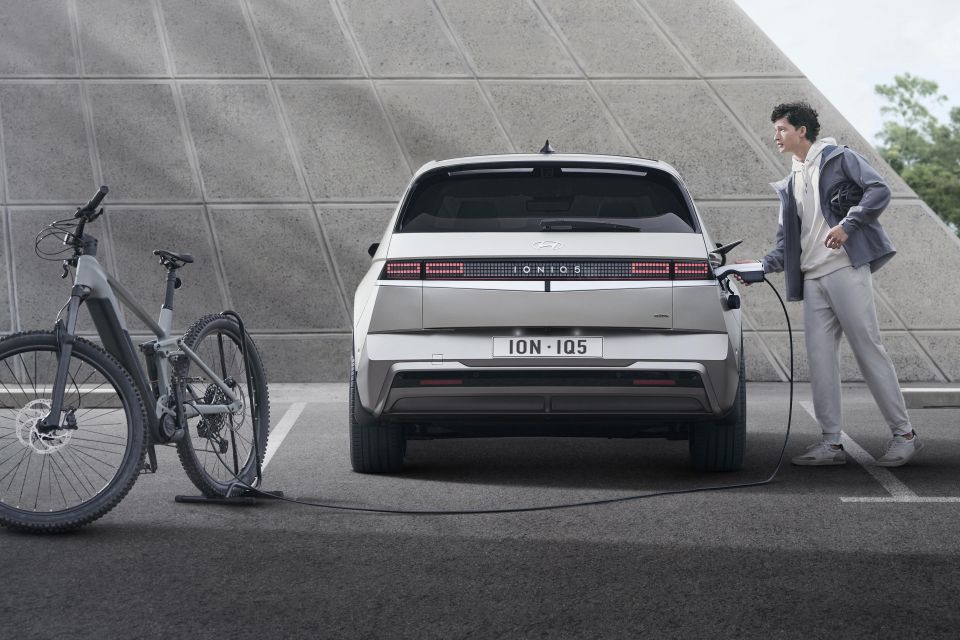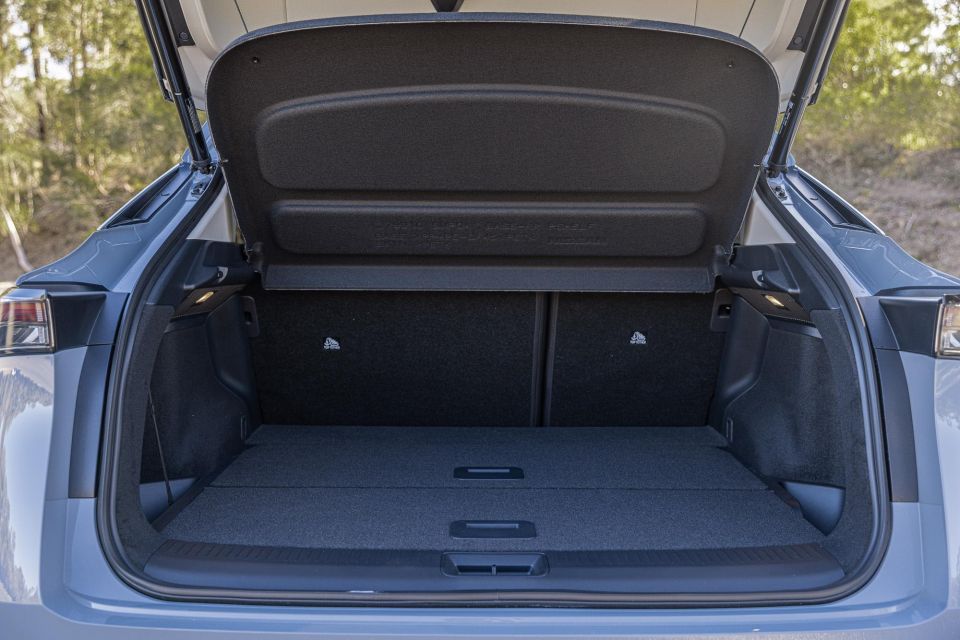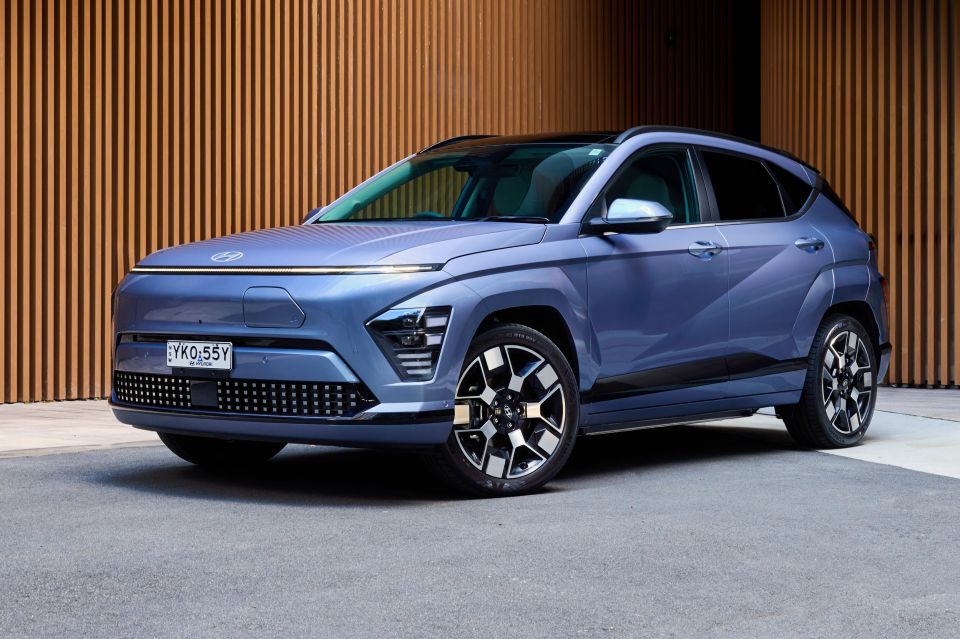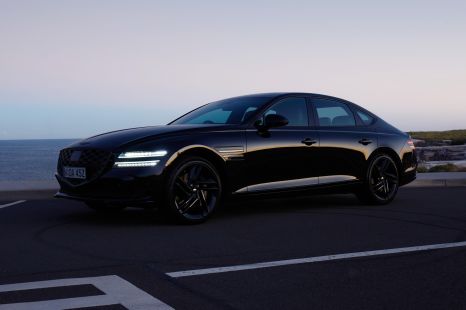

James Wong
2026 Audi Q5 review: Quick drive
5 Days Ago

Marketplace Editor
Top tethers, safety stickers, and unique fuel ratings – are all causing problems for carmakers having their cars approved for sale in Australia.
Now, Hyundai has flagged another Australian Design Rule (ADR) causing headaches and delays in bringing new vehicles to market… and it might surprise you.
Asked whether Australia-specific rules around child seat anchorage are delaying new vehicles like we’ve heard from ]Mitsubishi and Nissan, Hyundai’s local PR boss says it’s outdated fuel rating requirements proving troubling for the Korean brand.
“[ADR 81/02], that is a challenge,” said Bill Thomas, general manager for public relations at Hyundai Australia, explaining Australian rules around fuel economy are based on the NEDC test that has been usurped by the tougher WLTP test in Europe… that can’t be submitted for homologation here.

“ADR 81/02 is an inconvenience, an added cost. Most brands have moved to WLTP and ADR 81/02 requires NEDC [figures]. That’s the challenging one for us.
“We have them rated to WLTP. The challenge there is that they need a conversion to be done, and that needs to be worked out. The timeframe for that isn’t short, it’s a complex thing.
“So the cutoff date then might intrude into that process of converting that economy figure [before bringing the vehicle to market],” Mr Thomas added.
“The top tether isn’t particularly difficult [for us]. My understanding is that Canada also requires [top tether and ISOFIX lower anchors], but in terms of tooling, complexity and costs, that’s not a huge issue for us.”

While many car brands quote the more modern and realistic WLTP range or efficiency figures in local specifications, they’re still required to submit NEDC figures to comply with ADR 81/02.
Given most EVs these days are certified to WLTP testing or localised procedures like the Asian WLTC standard, the use of NEDC is waning globally.
The Worldwide Harmonised Light Vehicle Test Procedure (WLTP) was rolled out in Europe during 2019, replacing the New European Drive Cycle (NEDC). One of the main goals of the WLTP cycle was to better align laboratory figures with real-world driving.
Key differences compared to NEDC include higher average and maximum speeds, a wider range of driving conditions, longer distance simulation, greater variances to power as well as acceleration and deceleration, as well as testing optional equipment separately.
WLTP ratings are divided into four different sub-parts, each with a different maximum speed: Low, Medium, High, Extra-high. Each of these aims to simulate different driving environments.

Mr Thomas’s comments come after representatives from Mitsubishi and Nissan, among others, commented on the challenges of making vehicles meet Australian Design Rules – before you consider the emissions rules coming into force next year.
Earlier this month, Mitsubishi Motors Australia said the New Vehicle Efficiency Standard Act 2024 presents an opportunity for the Australian Government to reform its Type Approval and Australian Design Rule (ADR) processes “to assist delivery of vehicles that support the legislation”.
Mitsubishi is calling for Australian Design Rules (ADR) to be harmonised with UN regulations, or for Australia to accept equivalent standards in “advanced markets” such as Japan, the European Union, and the UK, which it says would have no impact on vehicle safety.
The Japanese brand says the Australian Government is already a contracting party and participates in the UNECE World Forum for Harmonization of Vehicle Regulations. Read more here.

Nissan Australia, meanwhile, said it’s lobbying with the Australian Government to speed up the homologation process by adjusting ADR requirements like top-tether points for any rear seat with a seatbelt.
“Our request of the Australian Government is, given the change in actual timelines for NVES, what we’re asking of the government to do is to support all OEMs by revisiting the vehicle type approval [process],” said Andrew Humberstone, vice president and managing director for Nissan Oceania.
“This takes about 20 months [currently], when we arguably have products that are ready to come that can meet your deadlines if the type approval allows us to bring these products in advance.” Read more on that here.
In a follow-up statement, a Nissan Australian representative said: “Direct acceptance of Type Approvals from major markets would make the centre top tether point optional. This would allow OEMs to either bring overseas spec vehicles to market quickly, or provide a centre top tether in segments where customers want to put three child seats across the 2nd row.”

Let us know your thoughts in the comments!
Where expert car reviews meet expert car buying – CarExpert gives you trusted advice, personalised service and real savings on your next new car.
James is an automotive journalist based in Melbourne, Australia. Before joining CarExpert.com.au in 2020, James has worked at leading auto media outlets including Carsales and CarAdvice, as well as at Pulse agency for Ford Australia's communications team. In 2019 James made Mumbrella's 'Top 20 most prolific web authors in Australia' list after publishing 1,360 articles between March 1, 2018 and February 28, 2019 for CarAdvice. James is also an Ambassador for Drive Against Depression – an Australian charity whose mission is to support mental wellness through the freedom of driving and a shared love of cars.


James Wong
5 Days Ago


James Wong
5 Days Ago


Max Davies
4 Days Ago


Josh Nevett
2 Days Ago


Max Davies
2 Days Ago


William Stopford
23 Hours Ago